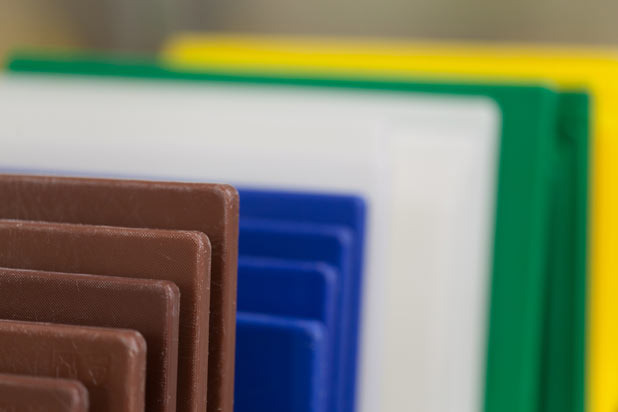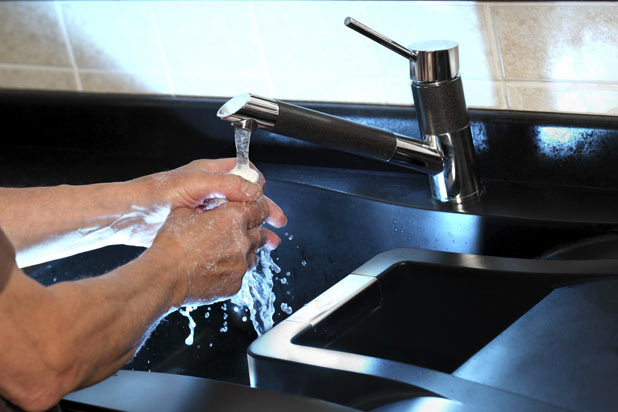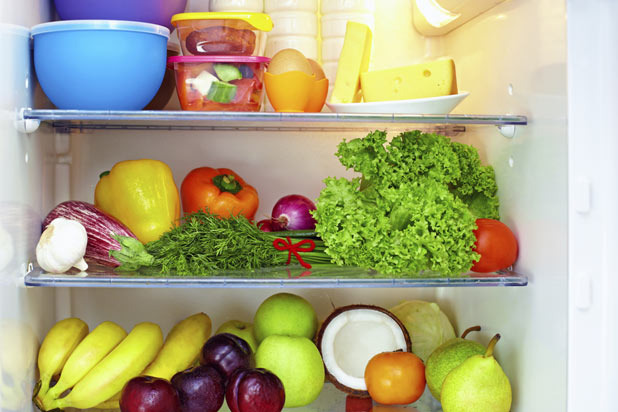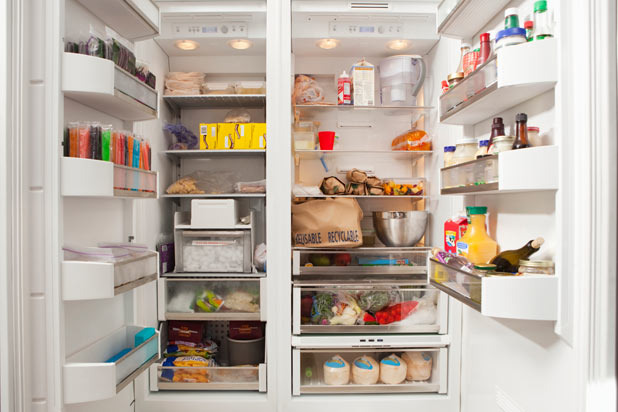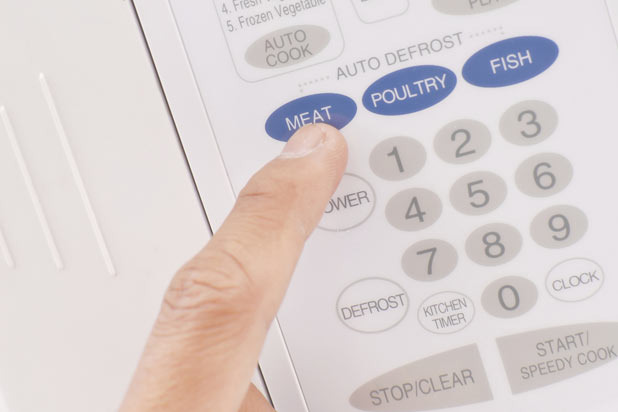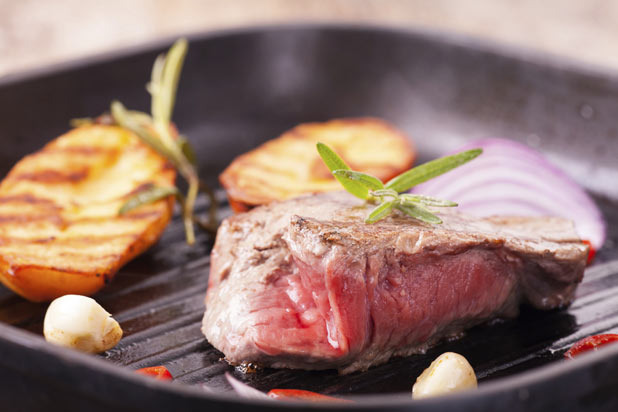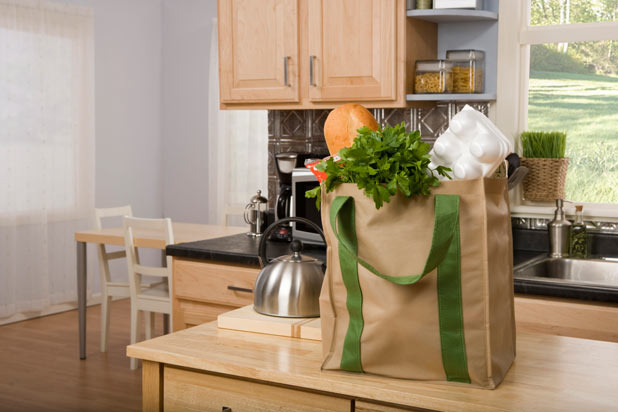8 Food Safety Rules You Need To Know (Slideshow)
Wash Hands
Washing your hands before you prepare food is one of the most important rules. Wash your hands in warm soapy water for at least 20 seconds before handling food. Hands can carry many different kinds of bacteria that you can transfer to your food. Be sure to wash hands before you prepare food and in between tasks, such as working with raw meat and then working with fresh foods. Also, wash hands after touching your body, hair, and face.
Check Refrigerator Temperature
Cold slows the growth of bacteria. The best temperature for your refrigerator is below 40 degrees F. Be sure to get a refrigerator thermometer and make sure that your fridge is constantly at this safe temperature.
Store Food Properly
Organizing your refrigerator depends greatly on food safety. Make sure that raw meats, poultry, and seafood are sealed tightly and on the bottom shelf, ensuring that no juices can run out. Store eggs in the carton on the refrigerator shelves as opposed to the door. Also, make sure to wash reusable totes regularly.
Defrost Food Correctly
The best way to defrost food is overnight in the refrigerator, in the microwave, or under cold water. You should refrain from leaving meats and other food items out on the counter to defrost; while the inner portion of the food item is still frozen, the outer areas can enter the food Danger Zone, which is 40 degrees F to 140 degrees F, the ideal temperature for bacteria to grow.
Swap Cutting Boards and Cooking Tools
Just like your hands, cutting boards and utensils can transfer bacteria from one food item to another. Try color coding your cutting boards: red is for meat, blue is for fish, yellow is for poultry, and green is for vegetables. Also, be sure to wash knives, tongs, and other cooking tools after each use.
Cook Meat to the Correct Internal Temperature
Cooking meats to the proper internal temperatures is easy with the use of a kitchen thermometer. The USDA recommends that beef, veal, and lamb (steaks and roasts), and fish should be 145 degrees F, pork and ground meat mixtures should be 160 degrees F, and poultry should reach 165 degrees F.
Reheating Food
When you reheat leftovers, you should make sure that they reach a temperature of 165 degrees before serving. This temperature is necessary because it can kill any potentially dangerous bacteria that may be lurking.
Leaving Food Out
Have you ever marinated a steak and left it out on the counter? Maybe you should think twice! Food left out on the counter should be monitored. Never leave meat, poultry, eggs, or sliced fruits and vegetables out on the counter for more than two hours or even one hour if the temperature is hotter than 90 degrees F. Leaving perishable foods out of the refrigerator or freezer for more than these times can increase the growth of bacteria.
